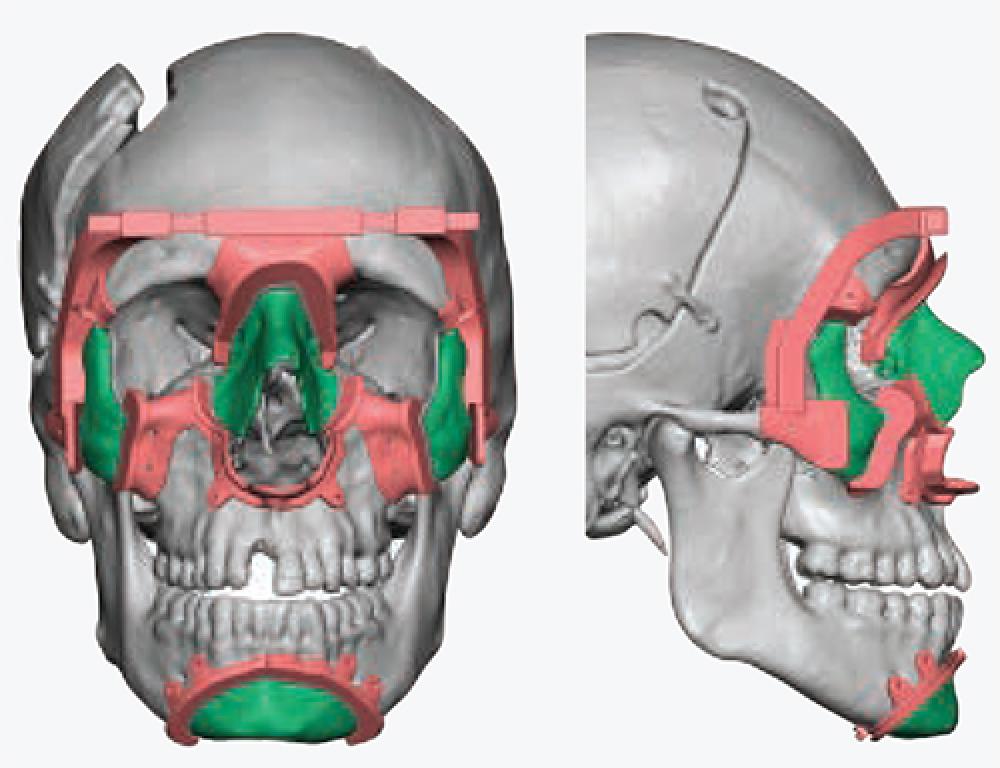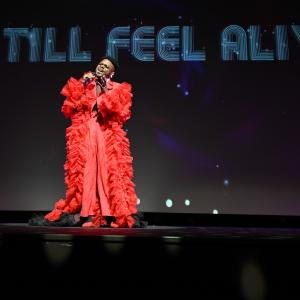This article is part of Inside the 26-Hour Marathon Surgery That Gave a Firefighter a New Face, NYU Physician, NYU Physician Winter 2016.
Of the hundreds of surgical tools prepared for Patrick Hardison’s historic face transplant, perhaps none was more innovative than a set of plastic cutting guides custom built in Golden, Colorado, and express-delivered to NYU Langone on the day of the surgery. The guides, intended to steer the surgical blades as they sawed through bone, would ensure that the donor’s chin, nose, and cheekbones fit seamlessly on Hardison’s face.
The jigs could not be completed until a donor became available, but the manufacturer—3D Systems, a leader in the field of three-dimensional printing—spent a year planning for the actual surgery with NYU Langone. The teams in Golden and New York staged rehearsals with cadavers, honing the complex process so that the guides could be completed and delivered to the operating room during the early stages of the procedure. By the time David Rodebaugh’s body arrived at NYU Langone last August, says Katie Weimer, vice president, Medical Devices, 3D Systems Healthcare, “we knew down to the minute how long it would take”—just over 10 hours, from start to finish.
First, the company converted CT scans of both men’s heads into three-dimensional digital models. In online consultation with the surgeons, the Colorado team used the models to design templates enabling the donor’s bones to be snapped into place like puzzle pieces. The guides were then printed using a biocompatible resin, with each 0.15-millimeter layer cured by laser light before the next was added, a process that by itself took several hours.
When the donor arrived at the Medical Center, the modeling company began work on the guides. Three sets were printed, in case backups were needed, and the next morning, to allow for transportation mishaps, staffers hand-carried the sets from Colorado on three separate flights. The guides were in the surgeons’ hands by 11:00 a.m., ready to be sterilized and clamped into place on the donor’s and recipient’s faces.
“This case went flawlessly,” says Eduardo D. Rodriguez, MD, DDS, the Helen L. Kimmel Professor of Reconstructive Plastic Surgery and chair of the Hansjörg Wyss Department of Plastic Surgery, who led the effort. “All of our pregame preparation really paid off.”


